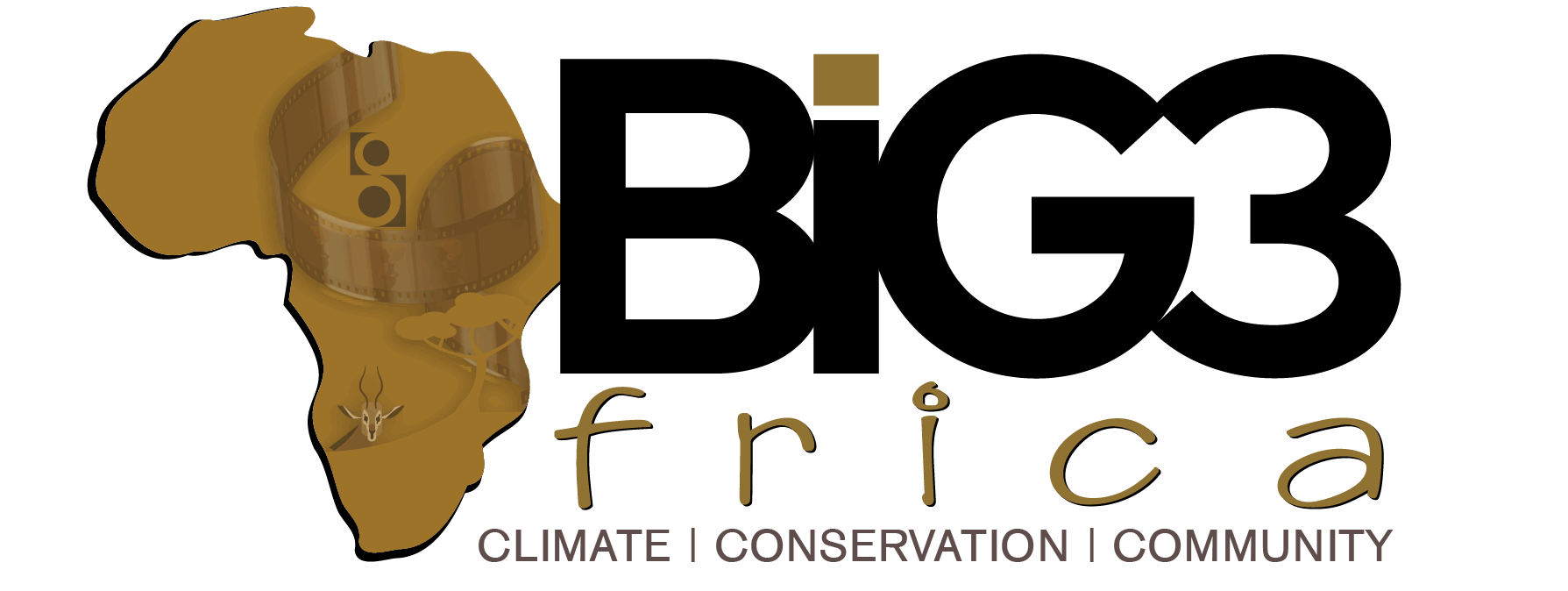Could the surge in femicide and violence against women in Kenya be attributed to the rising global temperature? A recent United Nations report, released on April 23, 2025, suggests a possible connection that warrants further investigation.
The report, titled “Colliding Crisis: How the climate crisis fuels gender-based violence,” highlights the impact of climate change, particularly global warming, on the prevalence of violence against women worldwide. It reveals that for every 1-degree Celsius increase in global temperature, cases of intimate partner violence (IPV) spike by 4.7 percent. This alarming trend is worsened by extreme weather events like droughts, floods, and storms.
The report avers that climate change increases the risk of more extreme forms of violence for over one billion women and girls who already experience violence today, mainly related to warming temperatures, raising the overall risk of extreme forms of violence such as femicide, sexual exploitation, child marriage and rape as a weapon of war.
Intimate partner femicide has risen by as much as 28 per cent during heatwaves, the report shows. Also, increases in human trafficking, sexual exploitation, and abuse have been documented in the wake of displacement from disasters and slow-onset events like desertification. Natural resource stress has led to violent conflict and displacement in which rape and sexual violence are used as a strategy to intimidate and exert control.

It further shows that the climate crisis also exacerbates violence against women and girls by making it even harder to address and prevent: “Climate change can create environmental conditions that damage or disrupt schooling, health services, public services and infrastructure, utilities, transportation, social services, healthcare, and local government.”
The report shows that gender-based violence is already a global epidemic. More than one billion women — at least one in three — have experienced physical, sexual, or psychological abuse in their lifetime.
In a scenario where global heating reaches 2°C, an additional 40 million women and girls could face IPV each year by 2090. That figure more than doubled under a 3.5°C warming pathway.
The situation will be dire in sub-Saharan Africa where cases of violence against women are projected to rise with increasing temperature: “A 4°C temperature rise, and the volatile socioeconomic conditions that result from it, would be associated with a tripling of people experiencing IPV in sub-Saharan Africa, from 48 million in 2015 to 140 million in 2060.”

In the poorest regions like Africa and South Asia, things may become worse for women, especially for rural smallholder farmers and the urban poor.
“Women smallholder farmers, who are responsible for over half of global food production, are likely to experience crop failures at 4.5 times the current rate by 2030. This change in agricultural productivity, and thus economic security and consumption, may occur in contexts where women face barriers to accessing credit or livelihood support and increased family pressures to secure income, driving up risks of violence.
“Meanwhile, the same inequalities that restrict access to basic services, safety, and economic opportunity for women in urban poor communities increase their exposure to violence, particularly sexual violence. These women belong to regions and sectors that have contributed the least to climate change, stressing the need for climate justice.”
The report says there is an urgency to address violence against women and girls, particularly in the context of the climate crisis, by taking actions such as ensuring climate action, both mitigation and adaptation, and safeguarding women and girls by accounting for the fact that they operate in both gendered and increasingly militarized societies.

“Today, we are already seeing how climate solutions that fail to integrate VAWG interventions cause inadvertent harm. For example, carbon credit schemes funding climate-smart solutions have coincided with increased risks of harassment, threats or assaults for women landowners whose rights to land are already contested. Similarly, mining sites for green energy minerals have also been sites of sexual violence against women workers,” the report states.
It also calls for improvement of resilience for whole communities by promoting more equitable gender norms and resource distribution to help build communities where all people have the agency to prepare, respond, recover, and adapt to climate change.
Another recommendation is strengthening the collective ability to address climate change by helping women and girls to act as critical agents of change: “Women’s full participation in political processes – including in climate action – is essential. It ensures civil and political rights and has known benefits across climate mitigation, adaptation, resilience, and a just transition.”




